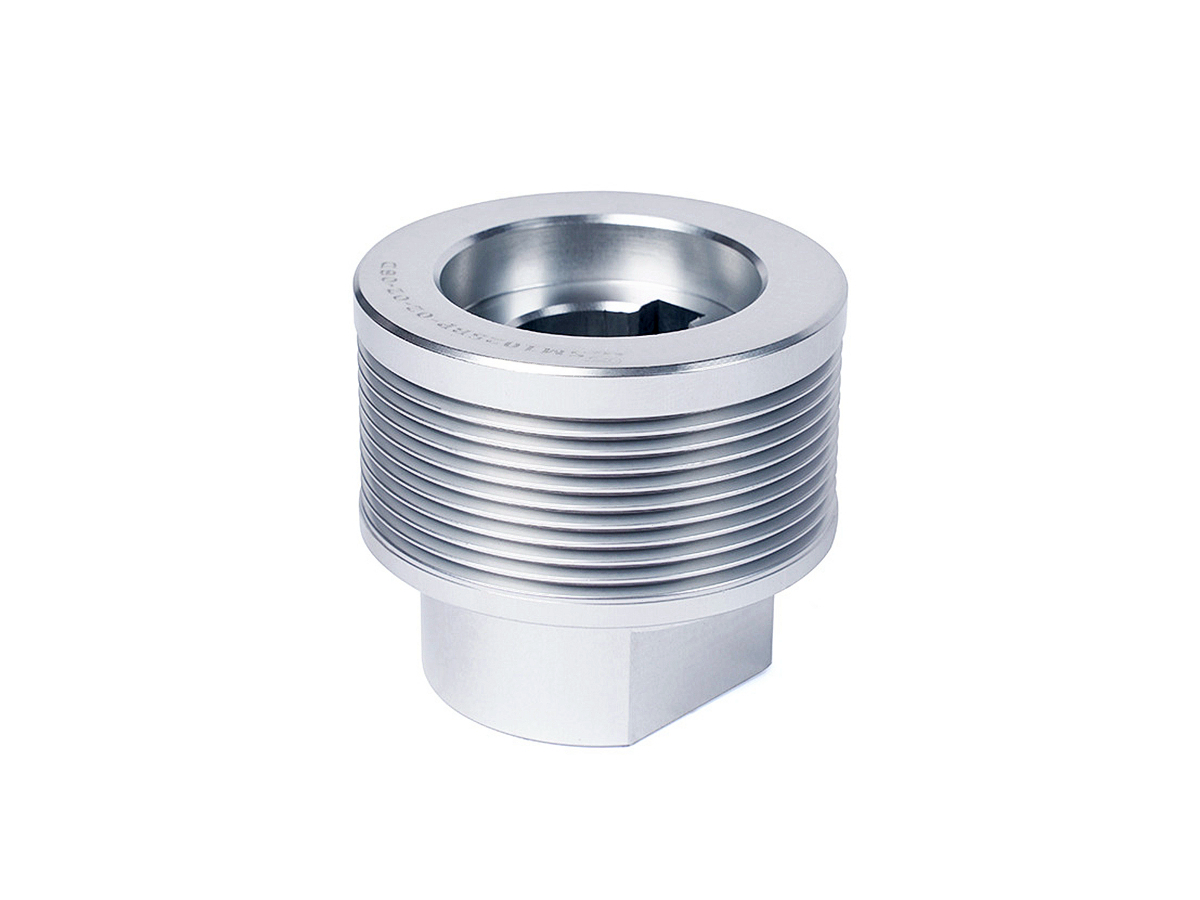Innovative CNC Boring Techniques for Aluminum Parts in Power Generation Systems
Introduction
Precision CNC boring techniques in the Power Generation industry are essential for manufacturing high-performance aluminum components that demand exceptional dimensional accuracy and surface integrity. Aluminum alloys, prized for their lightweight properties, excellent thermal conductivity, and machinability, are extensively used in turbine housings, generator casings, heat exchanger components, and structural supports.
Advanced CNC boring services facilitate accurate hole sizing, precise internal features, and superior surface finishes critical for enhancing the efficiency and reliability of power generation systems. Mastering these innovative CNC boring techniques significantly boosts component performance and longevity.
Aluminum Alloys for Power Generation
Material Performance Comparison
Aluminum Alloy | Tensile Strength (MPa) | Yield Strength (MPa) | Thermal Conductivity (W/m·K) | Typical Power Generation Uses | Advantage |
|---|---|---|---|---|---|
310-350 | 275-310 | 167 | Generator casings, structural supports | High strength-to-weight, good machinability | |
510-540 | 450-480 | 130 | High-load turbine components | Excellent strength, superior durability | |
320-340 | 160-190 | 96 | Heat exchanger housings, complex castings | Excellent castability, thermal performance | |
430-480 | 290-345 | 121 | Precision fittings, generator parts | High fatigue resistance, strength |
Material Selection Strategy
Choosing the right aluminum alloy for CNC boring applications in power generation depends on specific component requirements:
Structural supports and generator housings needing good machinability and strength: Aluminum 6061-T6 offers balanced performance.
High-stress turbine components requiring superior mechanical strength: Aluminum 7075 ensures durability and longevity.
Complex heat exchanger housings demanding thermal efficiency and intricate shapes: Aluminum ADC12 (A380) excels in castability and thermal management.
Precision components and fittings subject to cyclic loads: Aluminum 2024 provides excellent fatigue resistance and stability.
CNC Boring Processes
Process Performance Comparison
CNC Boring Technology | Diameter Range (mm) | Dimensional Accuracy (mm) | Typical Power Generation Uses | Key Advantages |
|---|---|---|---|---|
10-300 | ±0.005 | Generator housings, turbine components | Superior accuracy, fine surface finish | |
20-500 | ±0.01 | Complex structural parts, intricate channels | Versatility, capability for complex geometries | |
50-800 | ±0.01 | Large casings, heavy structural supports | Stability, high precision for large parts | |
5-200 | ±0.003 | Precision fittings, internal components | Exceptional accuracy, minimal deviation |
Process Selection Strategy
Optimal CNC boring technology selection ensures precise outcomes tailored to specific power generation component needs:
Generator housings and turbine parts requiring exact dimensional control: Precision CNC Boring provides tight tolerances and refined finishes.
Components with intricate internal passages or complex shapes: Multi-Axis CNC Boring efficiently handles detailed geometries.
Large-scale structural and heavy-duty generator components: Horizontal CNC Boring guarantees stability and accuracy for substantial parts.
Ultra-precise fittings and specialized internal components: CNC Jig Boring achieves the highest level of dimensional accuracy.
Surface Treatment
Surface Treatment Performance
Treatment Method | Corrosion Resistance | Wear Resistance | Temperature Stability (°C) | Typical Power Generation Uses | Key Features |
|---|---|---|---|---|---|
Excellent (≥500 hrs ASTM B117) | Moderate-High | Up to 400 | Generator casings, structural components | Durable protective layer, enhanced corrosion resistance | |
Superior (≥1000 hrs ASTM B117) | High (HV600-750) | Up to 400 | Turbine shafts, precision components | Uniform coating, increased durability | |
Excellent (≥600 hrs ASTM B117) | Moderate-High | Up to 200 | Structural supports, external housings | Robust finish, excellent aesthetics | |
Excellent (≥600 hrs ASTM B117) | Moderate | Up to 350 | General fittings, internal components | Surface cleanliness, corrosion protection |
Surface Treatment Selection
Applying suitable surface treatments significantly enhances component durability and performance in power generation systems:
Generator casings and aluminum structural parts: Anodizing provides effective corrosion resistance and aesthetic appeal.
High-wear precision turbine shafts and fittings: Electroless Nickel Plating ensures uniform protection and increased component life.
External structural supports and visible parts: Powder Coating delivers durability with an attractive appearance.
Internal fittings and components requiring corrosion resistance: Passivation maintains clean, corrosion-resistant surfaces.
Quality Control
Quality Control Procedures
Precise dimensional inspection using Coordinate Measuring Machines (CMM) and laser measurement systems.
Surface roughness and bore accuracy were verified via advanced profilometers.
Mechanical testing (tensile, yield strength) conforming to ASTM and ISO industry standards.
Non-destructive testing (NDT) includes ultrasonic (UT), radiographic inspection (RT), and magnetic particle inspection (MPI).
Corrosion resistance verification with standardized ASTM B117 salt spray testing.
Comprehensive documentation and traceability according to ISO 9001 and power generation industry standards.
Industry Applications
CNC Bored Aluminum Applications in Power Generation
Precision turbine housings and generator casings.
Heat exchanger and cooling system components.
Structural supports and mounting brackets.
Specialized fittings, internal valves, and connectors.
Related FAQs:
Why is CNC boring essential for aluminum power generation components?
Which aluminum alloys are best suited for turbine and generator parts?
How does precision CNC boring enhance power system efficiency?
What surface treatments improve aluminum component durability?
Which quality standards are critical for CNC bored components in power generation?

